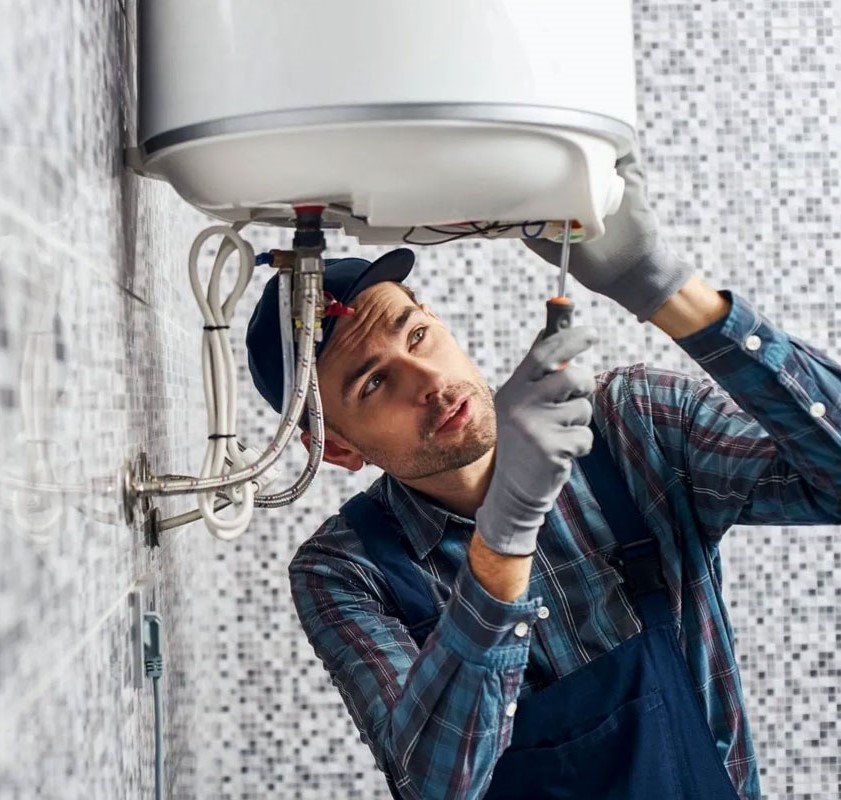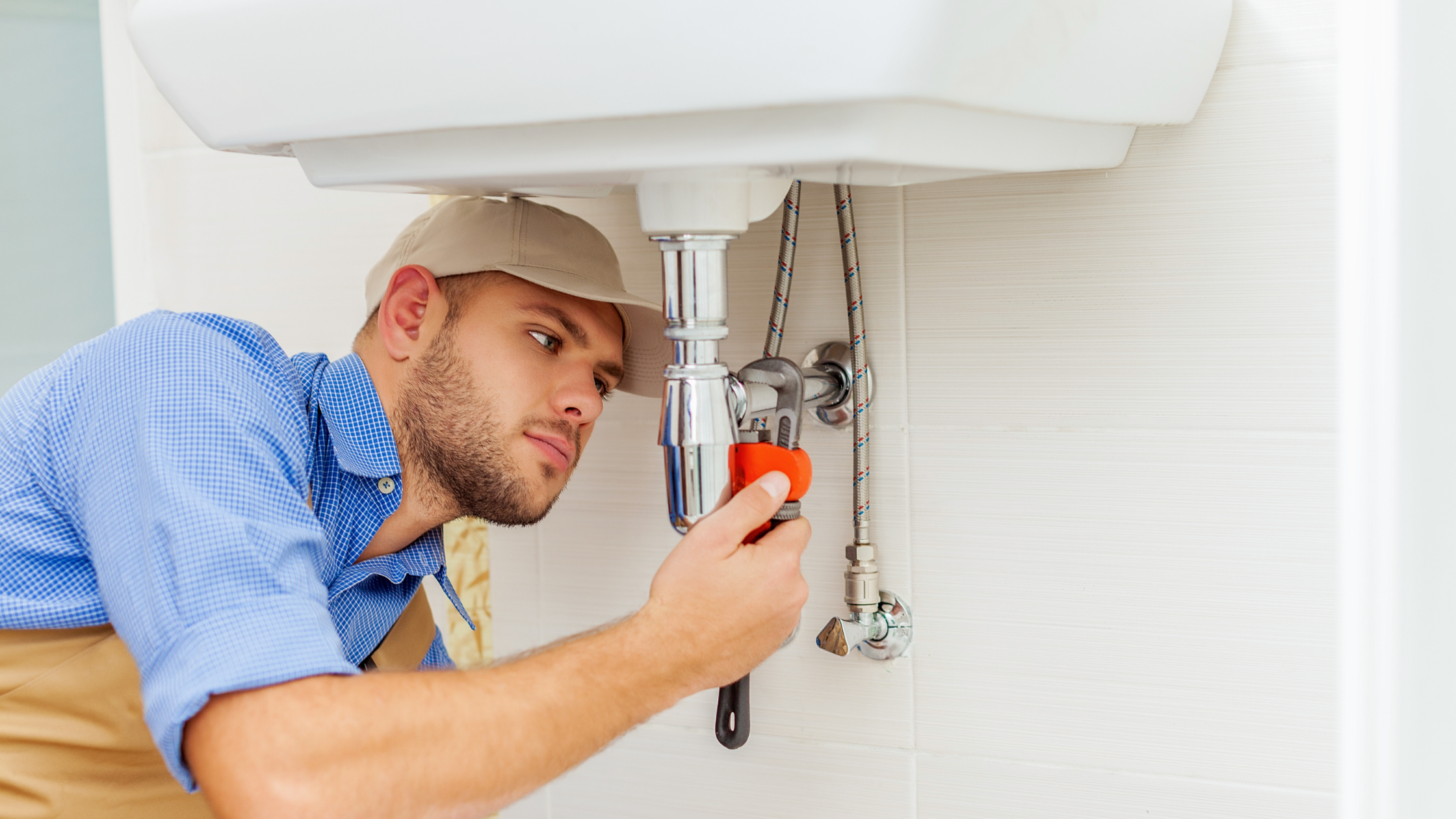Intelligent Approaches to Protect Your Plumbing in Chilly Temperatures
Intelligent Approaches to Protect Your Plumbing in Chilly Temperatures
Blog Article
This article in the next paragraphs involving Winterizing Your Pipes is particularly interesting. You should keep reading.

All home owners who reside in pleasant environments have to do their best to winterize their pipes. It is something you have to do throughout fall prior to deep wintertime really starts. Failure to do so can lead to calamity like frozen, cracked, or ruptured pipelines. Here are some convenient winterizing hacks to keep your plumbing system protected even if the weather outside is frightful.
Activate the Faucets
When the temperature declines and it seems as if the freezing temperature level will certainly last, it will aid to turn on your water both inside your home and also outdoors. This will keep the water moving through your plumbing systems. You'll finish up losing gallons of water this means.
Open Closet Doors Hiding Plumbing
It would be practical to open up closet doors that are camouflaging your pipelines when it's cold outside. As an example, they could be somewhere in your kitchen or shower room. This will certainly permit the warm air from your heater to flow there. Therefore, you avoid these exposed pipelines from cold. Doing this small trick can maintain your pipes warm as well as limit the potentially hazardous outcomes of freezing temperatures.
Require Time to Wrap Exposed Water Lines
One simple and clever hack to heat up freezing pipelines is to wrap them with warm towels. You can additionally utilize pre-soaked towels in warm water, just do not forget to wear protective handwear covers to safeguard your hands from the warmth.
Try a Hair Dryer or Warmth Gun
When your pipes are almost freezing, your trusty hair clothes dryer or warmth weapon is a godsend. If the hot towels do not help displace any type of clearing up ice in your pipes, bowling warm air straight into them might aid. You may end up harmful your pipelines while trying to melt the ice.
When Pipes are Frozen, close Off Water
Shut off the main water valve quickly if you discover that your pipes are totally frozen or almost nearing that stage. You will generally discover this in your basement or utility room near the heating unit or the front wall surface closest to the street. Transform it off as soon as possible to stop further damage.
With even more water, more ice will stack up, which will eventually lead to break pipes. If you are not sure concerning the state of your pipes this winter months, it is best to call a professional plumber for an inspection.
All house owners that live in temperate environments should do their ideal to winterize their pipes. Failure to do so can mean catastrophe like frozen, broken, or burst pipelines. If the hot towels do not aid remove any type of working out ice in your pipes, bowling hot air directly right into them may assist. Turn off the main water shutoff immediately if you observe that your pipes are totally icy or almost nearing that stage. With more water, more ice will pile up, which will eventually lead to rupture pipelines.
PREVENT YOUR PIPES FROM FREEZING THIS WINTER
A Leading Cause of Property Damage
When the weather is taking a deep nose dive into the cold dreary days, the risk of your pipes freezing and potentially bursting skyrockets. Unfortunately, during these cold dreary months, burst pipes are the most common denominator for property damage. The pipes that are most at the risk are those that are in areas where it is most cold in your home. For instance, pipes located in interior places such as basements, attics, and your garage. Unfortunately, that doesn’t mean that the pipes running through your cabinets or exterior walls can’t freeze. Good news, however, is that you can do things to help prevent pipes from freezing.
How to Prevent Pipes From Freezing
Once the temperature starts to drop during the winter, you should be taking the proper measures needed to ensure that your pipes stay warm and that there is circulation of water through them. Some steps that experts may recommend could go against your better judgement when it comes to saving water and heat. However, it would go without saying that when expenses are compared, damaged pipes could put a bigger dent in your wallet than a water bill.
What Can I Do?
Keep your garage door closed. This is very important, especially if you have water supply lines running through your garage. Open your kitchen and bathroom cabinets to allow warm air to circulate through them. Allow air circulation throughout your home. Keeping the interior doors open will once again allow the warm air to circulate inside your home. Ensure your thermostat is running the same temperature throughout the night and day. If you plan to be away from home during the cold months, set your temperature no lower than 55° F. This should provide enough heat to keep the pipes warm and prevent any remaining water inside the pipes from freezing. For more of a long-term solution, add insulation to attics, basement, and other crawl spaces around your home. By allowing your faucet to drip, it will alleviate pressure in the system. This is important because the pressure that is created between the blockage and the faucet can potentially cause the pipes to burst. Allowing the faucet to drip will prevent the pressure from building up, therefore keeping the pipes from bursting. Seal any cracks, openings, and crawl spaces around your home to prevent cold air from coming inside. This keeps your pipes-not to mention your home-warmer and less susceptible to issues caused by freezing temperatures. For the pipes in your home that are easily accessible, applying electrical tape to them might prevent them from freezing over. This is a quick fix, as you can apply the tape directly to the pipe. There are two options for heating tapes. One turns on and off by itself when it senses heat is needed. The other type of heating tape needs to be applied when heat is needed and removed when not necessary. If you have exposed pipes in your home, you can check this website to take a look at a few options that would be available at a shop near you.

We hope you liked our section on Winterizing Your Pipes. Thanks for finding the time to read our content. Are you aware of someone else who is interested by How to Prevent Frozen Pipes? Feel free to promote it. I recognize the value of reading our article about How to Prevent Frozen Pipes.
Professional touch awaits. Report this page